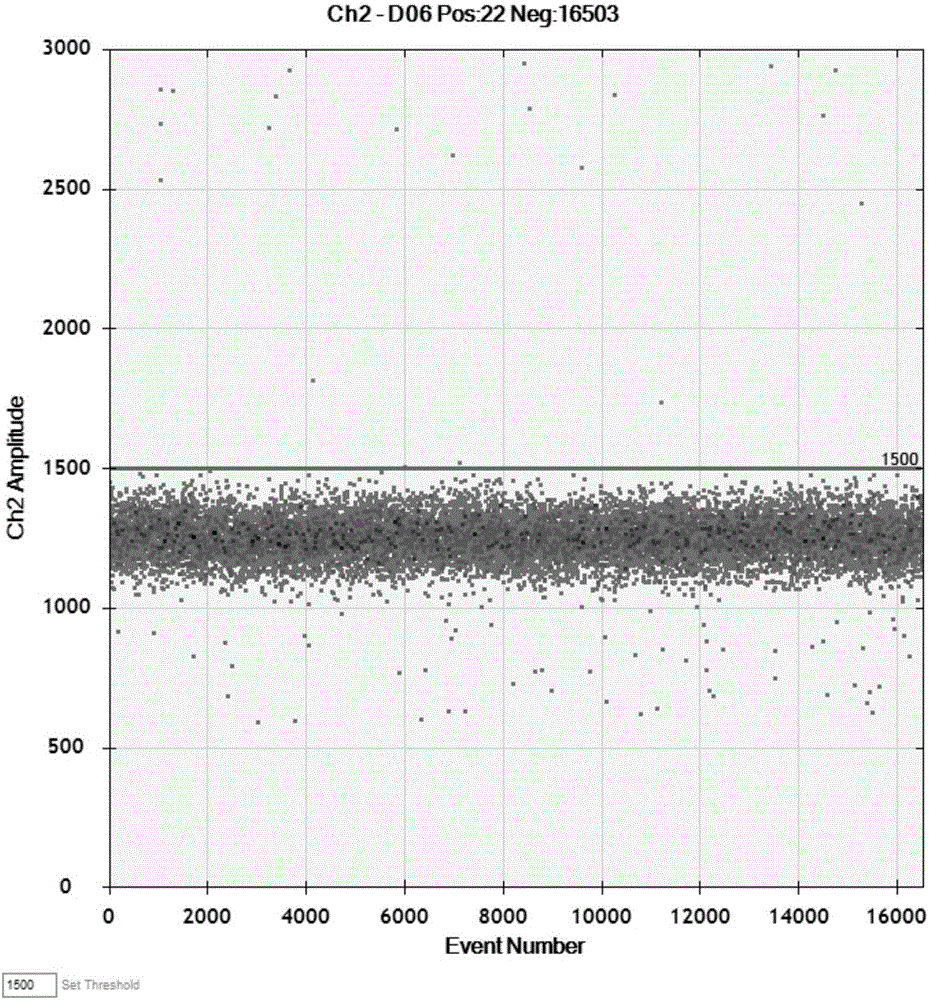Precise quantification method of HBV (hepatitis B virus) cccDNA (covalent closed circular DNA)
A hepatitis B virus, covalent technology, applied in the field of accurate DNA quantification, can solve the problems of inaccurate cccDNA quantification, false positives, etc., and achieve the effect of simplifying the operation process and reducing the risk of cross-contamination
- Summary
- Abstract
- Description
- Claims
- Application Information
AI Technical Summary
Problems solved by technology
Method used
Image
Examples
Embodiment Construction
[0020] Quantitative PCR across rcDNA double-gap is currently a popular cccDNA detection method. By designing primers and probes on both sides of the gap in the rcDNA double-stranded molecule, the PCR amplification reaction is terminated at the gap, thereby avoiding the amplification of the rcDNA molecule. The increase caused false positives, and because there is no gap in cccDNA, PCR can be performed normally to generate positive signals. However, in the actual reaction, there are always some rcDNA molecules whose gaps are repaired completely due to the repair characteristics of PCR amplification enzymes, and become cccDNA molecules, resulting in false positive results.
[0021] The method for the precise quantification of hepatitis B virus covalently closed circular DNA of the present invention comprises the following steps:
[0022] (1) Use a spectrophotometer to measure the OD260 and OD280 values of the sample, calculate the DNA concentration and purity in the sample, and...
PUM
 Login to View More
Login to View More Abstract
Description
Claims
Application Information
 Login to View More
Login to View More - R&D
- Intellectual Property
- Life Sciences
- Materials
- Tech Scout
- Unparalleled Data Quality
- Higher Quality Content
- 60% Fewer Hallucinations
Browse by: Latest US Patents, China's latest patents, Technical Efficacy Thesaurus, Application Domain, Technology Topic, Popular Technical Reports.
© 2025 PatSnap. All rights reserved.Legal|Privacy policy|Modern Slavery Act Transparency Statement|Sitemap|About US| Contact US: help@patsnap.com



